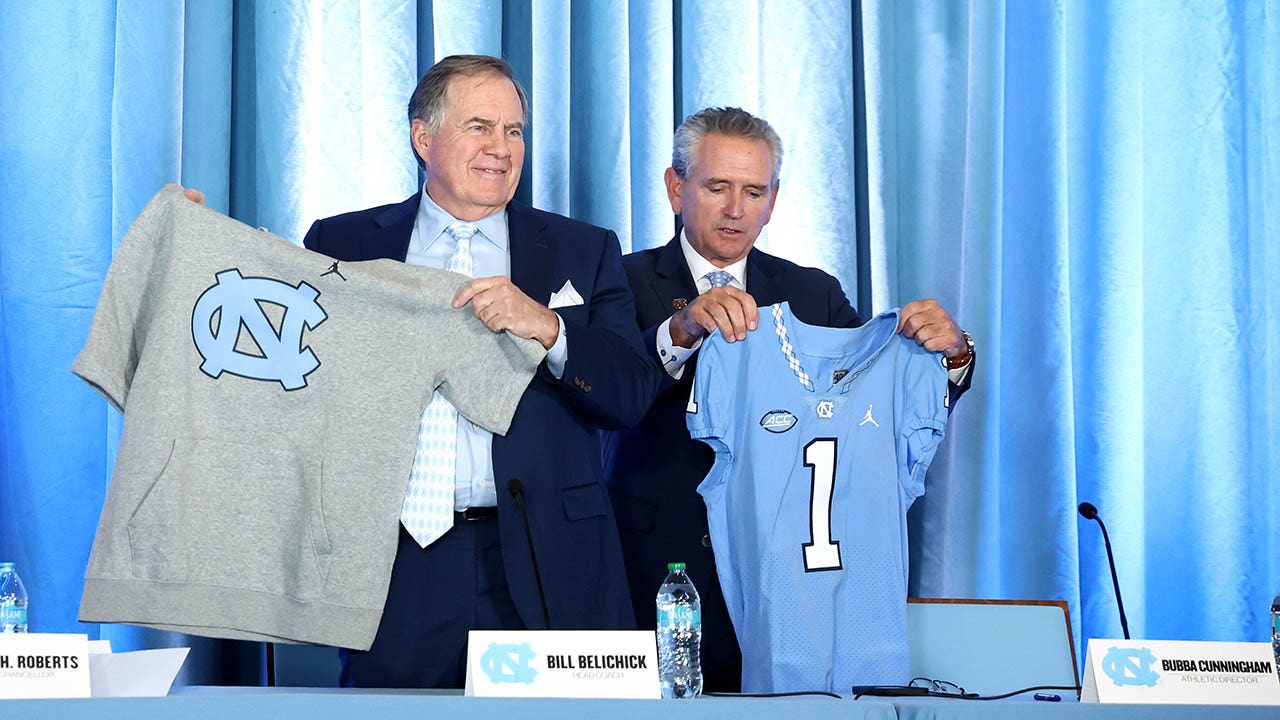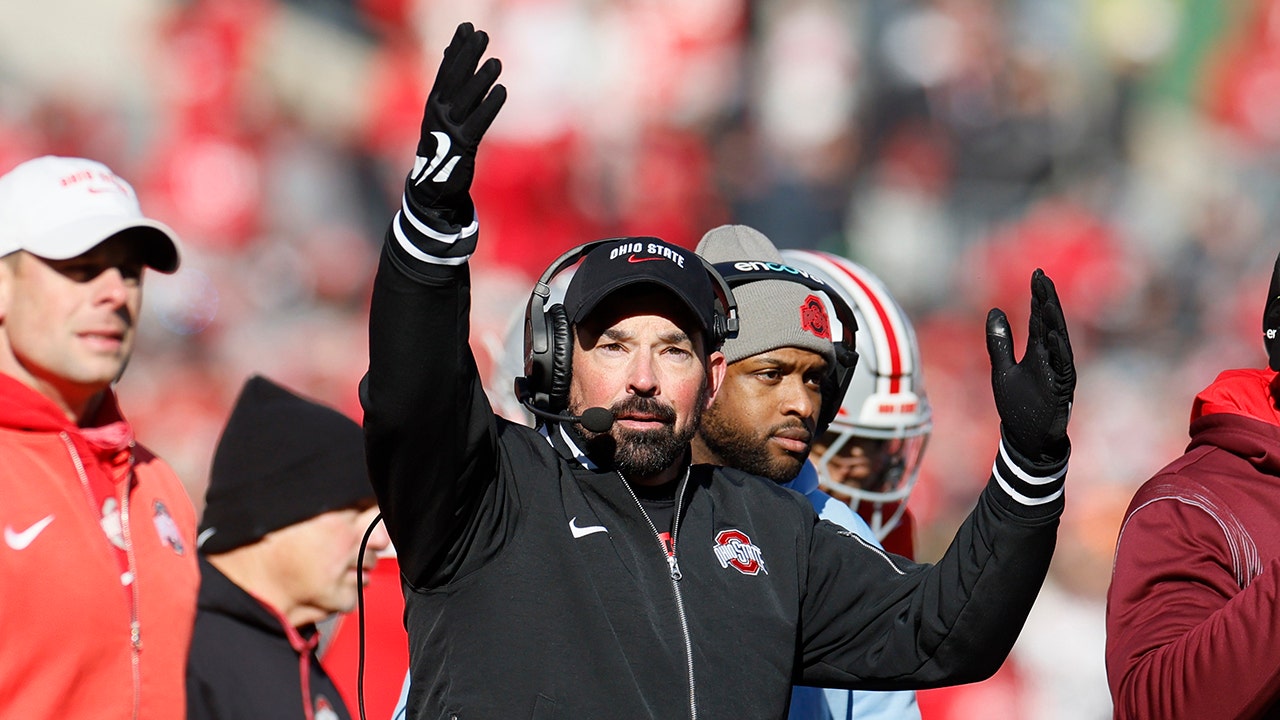The RHP contains all the critical information you need to assess whether the company is a good investment. (Representative image)
Here’s Why You Must Read the RHP Before Investing in an IPO.
Imagine you’re about to invest in a promising new company making its public debut. The buzz is high, the potential seems enormous, and you’re excited to jump in. But before you commit your hard-earned money, there’s a critical document you need to review—one that holds the key to understanding the company’s true potential, risks, and plans. This document is your roadmap to making an informed investment decision, revealing everything from the company’s financial health to the strategies of its top executives.
What Is A Red Herring Prospectus?
A Red Herring Prospectus (RHP) is a preliminary document filed by a company with the Securities and Exchange Board of India (SEBI) when it intends to raise funds through an Initial Public Offering (IPO). This document provides potential investors with essential information about the company’s business operations, financial status, risk factors, management, and details of the offering.
The term “red herring” refers to the fact that certain details, such as the price of the shares and the size of the issue, are not finalised or disclosed in this prospectus.
Key Components of a Red Herring Prospectus:
- Company Overview: Description of the company, its history, and its business model.
- Financial Statements: Audited financial data including balance sheets, income statements, and cash flow statements.
- Risk Factors: Potential risks that could affect the company’s business or the value of its shares.
- Use of Proceeds: How the company plans to use the funds raised from the IPO.
- Management: Details about the company’s board of directors, key management personnel, and their compensation.
- Legal and Regulatory Information: Information about any legal proceedings involving the company and compliance with regulations.
- Promoter and Shareholding Patterns: Information about the promoters of the company and the shareholding structure.
Why You Must Read the RHP Before Investing in an IPO:
- Informed Decision-Making: The RHP contains all the critical information you need to assess whether the company is a good investment. Understanding the company’s business model, financial health, and risk factors can help you make an informed decision.
- Risk Assessment: By reading the risk factors section, you can gauge the potential risks involved in investing in the IPO. This includes market risks, industry-specific risks, and company-specific risks.
- Understanding Valuation: The RHP helps you understand the basis of the issue price, which is crucial in evaluating whether the IPO is fairly priced. Even though the exact price is not disclosed, the RHP provides sufficient information to make an educated guess about the valuation.
- Use of Funds: Knowing how the company intends to use the proceeds from the IPO can help you determine whether the funds will be used for growth and expansion, debt repayment, or other purposes that align with your investment goals.
- Promoter’s Intentions: The RHP includes information about the promoters and their shareholding in the company. Understanding the promoters’ intentions and their commitment to the company is crucial in evaluating the long-term prospects of the business.
- Legal and Regulatory Compliance: The RHP includes details about any legal issues or regulatory non-compliance that might affect the company’s operations. This is important in assessing the stability and credibility of the company.
In summary, reading the Red Herring Prospectus is essential for any investor considering participating in an IPO. It provides a comprehensive overview of the company and the investment, helping you make a well-informed decision.















































